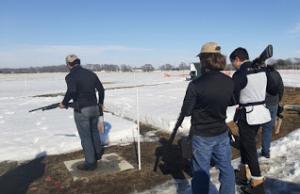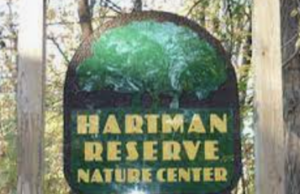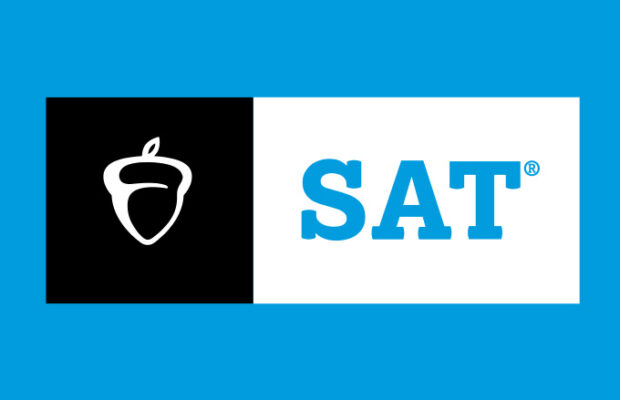Take these eight essentials on summer excursions
If you’re going on a backpacking trip or a canoe float down the river or maybe even in the mountains somewhere this summer, you’ll have a long list of equipment to bring. Besides needing the obvious things like a tent or sleeping bag, here are some easily forgotten things to bring on a backpacking or canoe trip in the bush.
1. Solar Charger:
If you want to keep your phone and other electronics charged while kickin’ it in the wilderness, a solar charger is a must have. It takes energy from the sun through its solar panels and into a reservoir. The one that works the best for me is the Ayyie Solar Power Bank 10000maH charger. It has two USB ports, so you can charge two items at once. You can find it on Amazon for around $20.
2. Headlamp:
A headlamp is definitely a crucial piece of equipment for any good camping trip. Anyone who has ever pitched a tent in the dark or tried to set up a fire in the dark can vouch for this. A headlamp is essentially just a flashlight with a strap that you wear over your hat. Some of them even clip on to the bill of a baseball cap. I personally use the Cabela’s Alaskan Guide Series headlight. I have used this everywhere from the duck marsh throwing out decoys before the sun rises, to camping in Northern Minnesota. Definitely pick up one of these; the battery life on them is tremendous. We replace the batteries about once a hunting season, and it lasts the whole time. On the bright side, they’re also very affordable.
3. Dry Bag:
Also going with the rainy camping trip or a week long float down a river somewhere, a dry bag can save your life. The best way to keep your personal belongings, food or even clothes safe and dry is a dry bag. It is exactly what it sounds like: a sack made out of waterproof polymer that folds over itself at the top and forms a handle. It is absolutely essential on a kayak or canoe trip, hands down. There are so many different brands and sizes of these bags that there is one for any need. There is no specific brand of dry sack that I particularly use, but any of them will work. You can find them at any sportings good store, Walmart or Amazon for an inexpensive price.
4. Rain Gear:
Everybody hates a rain-plagued camping trip, and even worse is getting soaked for a number of days straight. Hands down the best way to combat this is with a Frogg Toggs rainsuit. They come in a number of different colors and will keep you dry as a bone. The jacket and pants will go over top of just about any kind of clothing. The only downfall of the rainsuit is how hot it can get while wearing one. The rubber textile material keeps in the heat very well. Other than that one bad aspect, Frogg Toggs is the best rainsuit on the market. You can get one at Scheels, Walmart or Amazon for roughly $15-20.
5. Cooler:
This will be a controversial pick, but for the cooler I have to go with Yeti. Don’t get me wrong I think paying over $100 for a cooler is ridiculous too, but if you’re going to be in the bush for over three days, a Yeti cooler is the only one that will keep its contents ice cold for that long. Off-brands can work too, but my experience with my Yeti coolers has been so positive that I’ll always stick with Yeti. When they say: “Built for the Wild,” they mean built for the wild. Yeti coolers are very well made and honestly can withstand just about any kind of torture test. You can see some of these tests on Youtube from independent channels and Yeti’s own Youtube channel. For my week-long kayak trip this summer, I’m bringing my Yeti flip-12 softsided cooler and my Yeti “roadie” cooler. Both can hold ice for ridiculous amounts of time. My only problem with Yeti coolers, besides the price, is how heavy and inconvenient they are to haul around. If I was on a backpacking trip, I would never bring a hard Yeti cooler. When you get the ice and other contents in there, depending on the size, the cooler can go 100 pounds plus. If it’s a backpacking trip, the flip-12 softsided cooler is the best option. Again, this is just a recommendation based off of my experience with them. I realize not everyone wants to drop $300 on a cooler, but if you want the best, it will cost a pretty penny. You can find these at sporting goods stores or Amazon.
6. Knife/Utility Tool:
Another vital piece to the camping equipment list is a good knife or utility tool. I say utility tool and knife because sometimes it can be both. This will be disputed, but there are two items that I always bring, and they’re both Gerber. I bring my Gerber Suspension Multi-Plier and my Gerber Fast Draw Knife. Gerber knives hold their edges very well and require very little sharpening or maintenance. The pliers are spring loaded, so you can use them even easier when removing the hook from a fish or just using it for daily purposes. These two tools will be disputed by others, but for me they have served their purpose well and are very affordable. Like most of the other stuff on this list, they can be found at any sporting goods store or Amazon.
7. Proper Licensing:
The last item on this list is one of the most important. Depending on where you’re going or what you plan on doing there, always make sure to have the proper licensing when you go. If you plan on fishing a trout stream in Northeast Iowa, make sure you have both the Iowa fishing license and a trout stamp. It is essential that you have a trout stamp if you are fishing a body of water with trout in it. Without it, if you get caught by the Iowa DNR, be prepared to pay a hefty fine. If you’re planning on a Boundary Waters trip in Minnesota, you have to have licensing to do it. Always be sure to check the local regulations of where you plan to go because if you don’t have the right stuff, you can pay dearly for it.









You must be logged in to post a comment Login